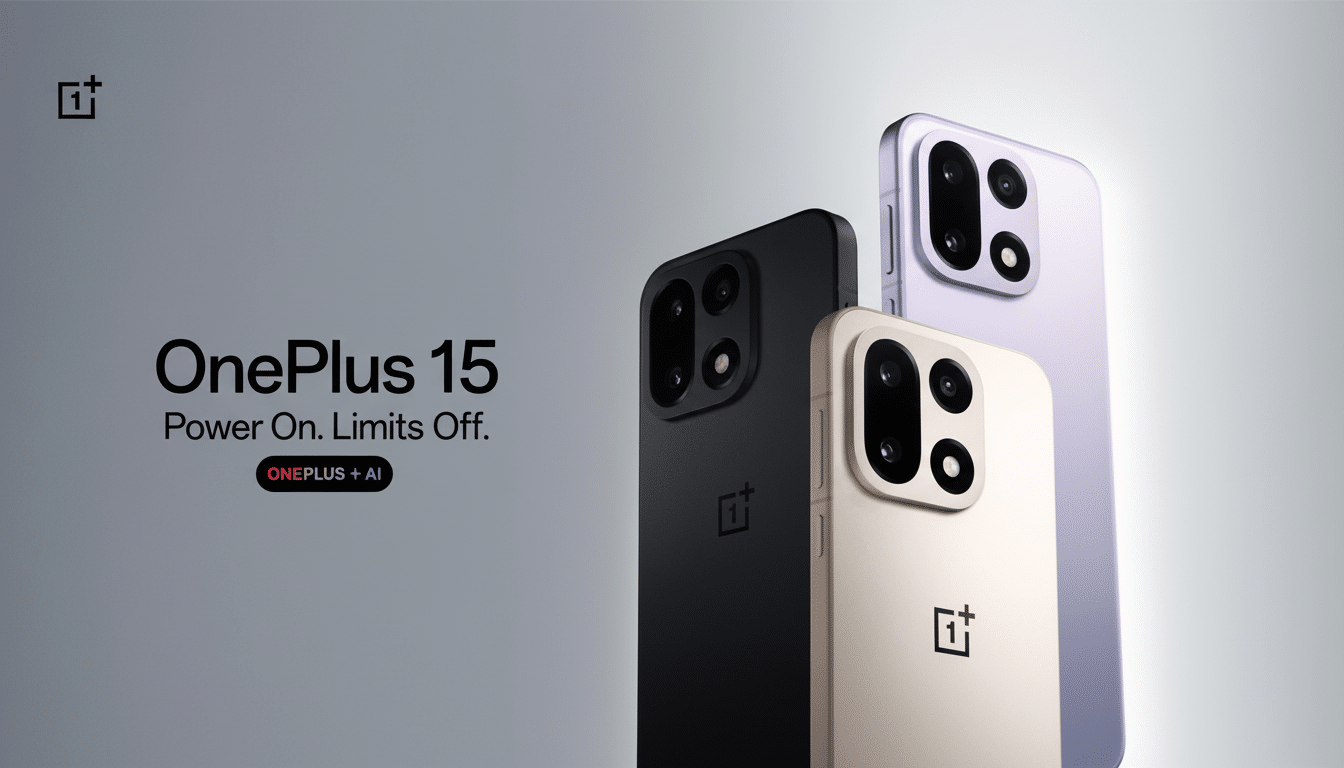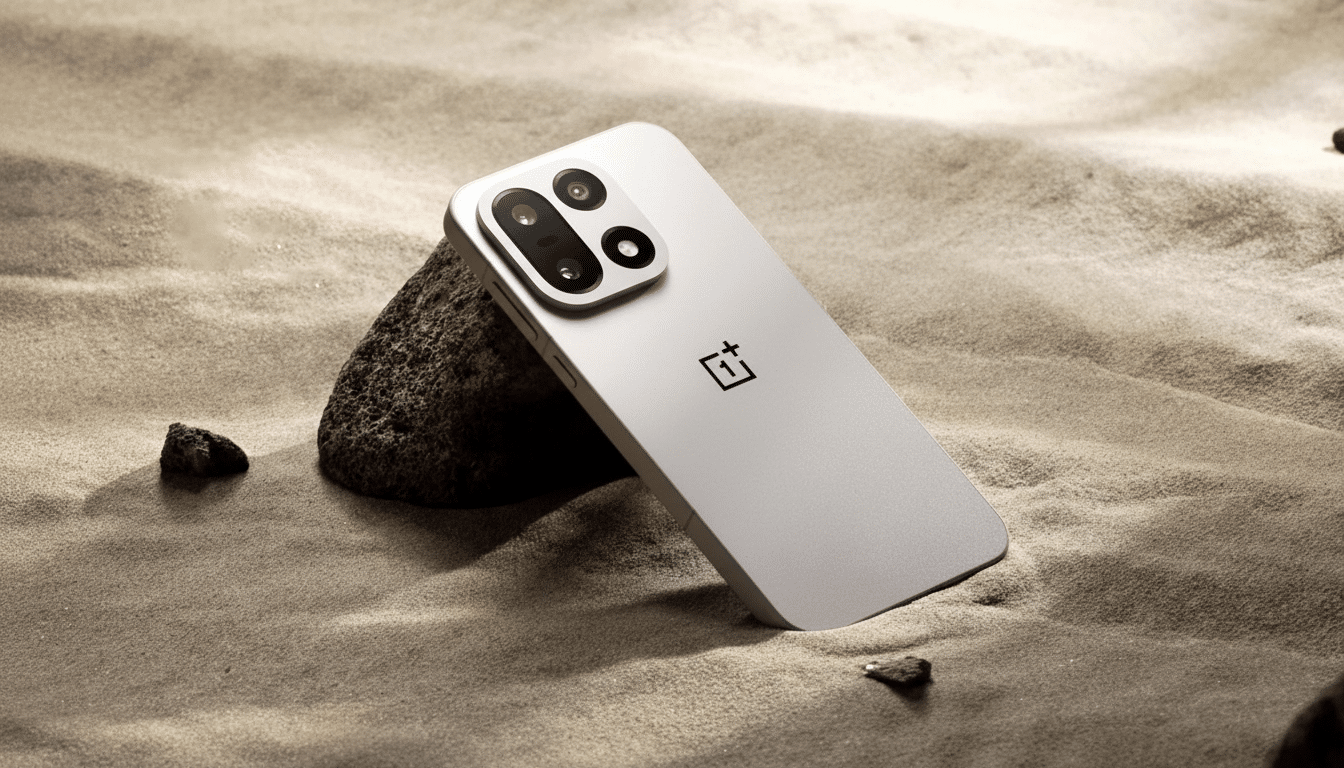The first mainstream flagship release using Qualcomm’s Snapdragon 8 Elite Gen 5 is bumping up against a thermal wall. The OnePlus 15 consistently overheated during stress tests (granted, a synthetic stress test, but one that was reproducible). It would shut down our stress benchmarks before rebooting and locking the phone to essential functions for a few more minutes after temperatures fell. It’s also disappointing for a device that is being touted as a performance leader, with an entry price of $899.
Thermal shutdowns occurred during repeat stress testing
In 3DMark’s Wild Life Extreme Stress Test and Solar Bay from UL Solutions, the OnePlus 15 ended its runs at roughly two-thirds of the way through because of overheating. Surface readings reached 52.7°C (127°F), suggesting even greater internal temperatures. The phone temporarily limited most apps after tripping thermal safeguards, leaving only core functions running until it had cooled off.

Shorter, single-pass GPU runs do work, but those scores are unflattering as well. In repeated testing, Snapdragon 8 Elite Gen 5 silicon inside rival phones eclipsed our unit by about 9%–17%. That gulf indicates a prolonged performance deficit and one that can’t be written off purely as the 8 Elite’s power profile.
GPU performance trails rivals in sustained workloads
Compared with MediaTek’s Dimensity 9500, the OnePlus 15 doesn’t fare any better in graphically intensive tests. The Arm-based GPUs in these Dimensity products outpaced the 8 Elite Gen 5 by roughly 15%–18% in Wild Life Extreme and Solar Bay — a pattern we’re seeing in other tests. The 8 Elite Gen 5 may hit bursty peaks that register higher frame rates, but they don’t lead to sustained performance at the same level.
CPU numbers paint a different picture, though. The multi-core scores in Geekbench 6 keep pace with the other 8 Elite Gen 5 handsets (albeit behind Qualcomm’s more clement reference design), and the Oryon CPU cores even just pip Google’s Tensor G5 and slightly better than the CPU within the OPPO Find X9 Pro. Everyday responsiveness, multitasking, and app launches are quick. It’s the GPU thermals that come apart under stress.
Why the OnePlus 15’s thermals are struggling under load
Today’s flagship SoCs can comfortably draw over the thermal limit for a slim case when pushed by long 3D workloads, or by emulation. Ultimately, sustained performance is a cooling issue — the size of the vapor chamber, materials for the heat spreader, and even internal airflow paths all dictate how long top clocks can be maintained before throttling or overheating procedures kick in to protect parts.

Its comparison with other rivals is instructive. Forza Horizon 5 runs like a dream, while the most demanding loops pose no problem for the REDMAGIC 11 Pro — which complements this same class of silicon with fan-assisted liquid cooling. realme’s GT8 Pro dodges shutdowns by heavy-handed throttling — frame rates drop, but the phone lives. By comparison, OPPO’s Find X9 Pro with Dimensity 9500 breezes through the same stress tests without drama at similar (or perhaps slightly lower) peak numbers, so it seems OnePlus’ thermal envelope or tuning is acting as a mitigating factor here rather than just the form factor.
Company position and the real-world view
OnePlus says the synthetic stress loops are faster and more intensive than you’re likely to use on a daily basis, which is arguably true. Few actual games (including such popular titles as Call of Duty Mobile) will pound the GPU for quite this long, nor as hard, as 3DMark’s heaviest loops. But that argument is less persuasive when older tests like Wild Life still manageable workloads can lead to failure, and we start getting into real-world cases such as console and handheld emulation where sustained CPU and GPU load will be required for some time.
More broadly, it’s about consistency. Peak scores are lovely in slides. Sustained numbers determine if 60 fps actually holds after 10 minutes or tanks to slideshow hell — or, in the case of this phone, makes the run stop altogether. For content creators, gamers, and emulator enthusiasts of any kind, it’s not so much a question of the ceiling as it is how long you can comfortably cruise near that ceiling.
What buyers can do right now to avoid thermal issues
If you’re just doing social apps, browsing, messaging, and occasional quick photo editing on the OnePlus 15, you will continue to feel that speed, and heat problems are less likely to happen. If you are a hardcore gamer, emulate game consoles, or do rendering on-device, strive for as much thermal headroom as possible. Phones with active cooling such as the REDMAGIC 11 Pro, or those that show sustained loop scores — such as most recent Dimensity 9500 flagships — are safer bets for longevity.
It’s also important to keep an eye out for firmware updates. Thermal limits, scheduler behavior, and GPU drivers are all frequently improved post-launch by vendors. That said, some of those Snapdragon 8 Elite devices have been heat-challenged in the last generation and clocks are going up again: a longer-term fix probably depends on efficiency gains from future process nodes and bolder cooling designs — not just software adjustments.

